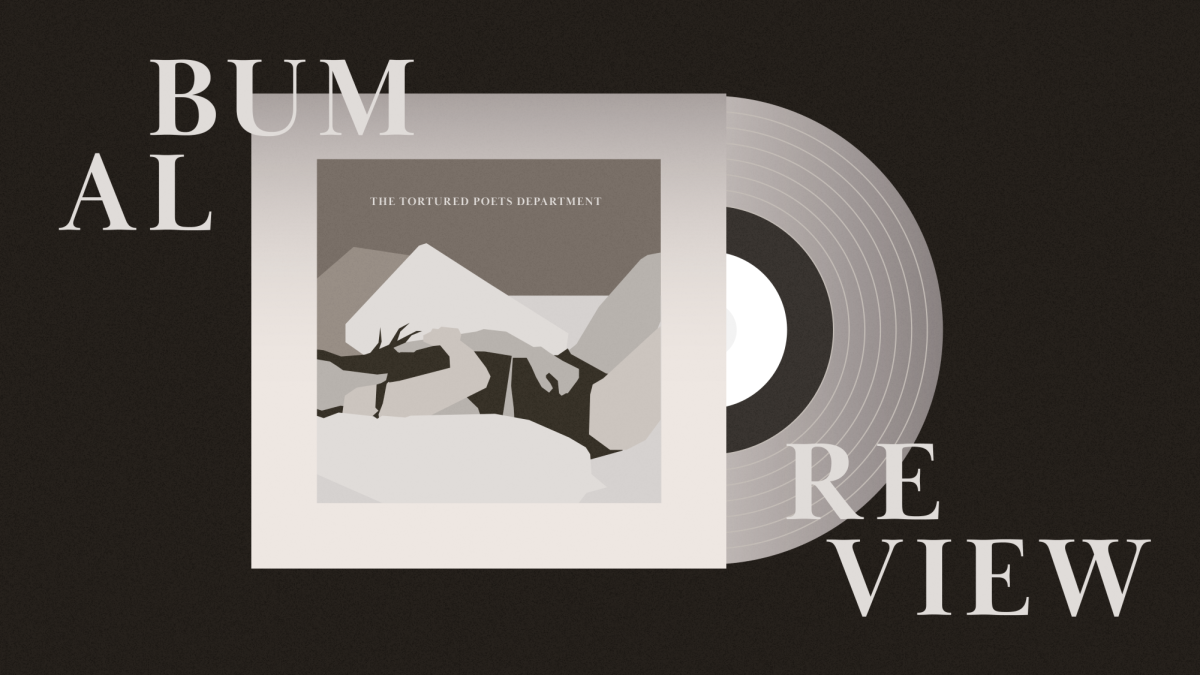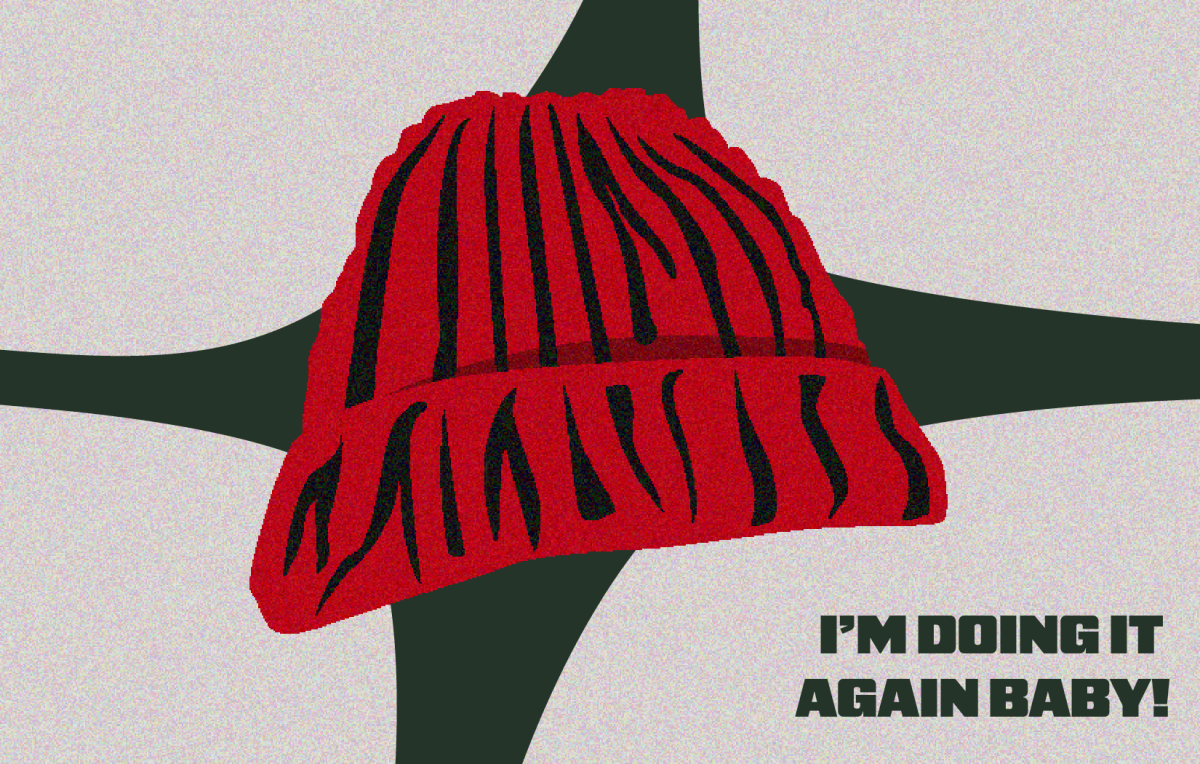During the last few weeks of my senior year at Alta High School, some of the school’s art history students, including me, spent a weekend in San Francisco to admire art, bask in the bay-side glory of one of the United States’ most beautiful cities and ultimately cram as much information on artists, movements and styles into our nimble, malleable brains as possible before the looming AP test finally rolled around the next week.
In retrospect, the little vacation did more to distract us from acing the exam than legitimately help, but the city’s handful of coveted art museums did serve to captivate us and sparked a fresh passion in the subject to fuel us through to the exam.
Golden Gate Park, San Francisco’s lusciously green and exquisitely landscaped cultural hub, is the stunning home to the first museum we visited on the trip: the de Young. The permanent exhibits were dedicated to highlighting both American and global art from all across history, but what stood out most to me was the unexpected temporary exhibit housed in the museum’s basement.
Jean Paul Gaultier, the avant-garde French couturier, was given the unique opportunity to showcase a retrospective of his work, dating all the way back to the mid-‘80s, an opportunity that is largely unheard of in the U.S. outside of the Costume Institute at the Met.
My jaw dropped as I took in the painstaking details and beauty of the seven couture dresses dramatically staged on pristine white mannequins in the exhibit’s first room. Each of them came from a different couture season and showcased a wildly different aesthetic, but one similar convention tied the eclectic collection together.
As I perused the room and eyed the splendor of these dresses, each with an immaculate halo circling the mannequin’s head, I realized something. These seven women in front of me were, in fact, interpretations of the Virgin Mary.
While his inspiration springs from all across the board in his collections, Gaultier is infamous for his fascination with early Christian and Byzantine art in his designs, as well as a number of other religious figures across the world.
The seven Virgin Marys enthralled me, but to some observers it did not have the same dazzling effect.
“I cannot believe this,” I heard an elderly woman say to her friend. The two could not get over the fact that such iconography was being used in the name of something as trite as fashion.
Religious iconography isn’t exclusive to haute couture, however, and plenty of spiritual symbols have trickled down into consumable, fast fashion as well. Anybody else remember that awful trend of cross-printed leggings and sweaters a few years back? I definitely do. Mass production of the classic Christian symbol ensued once retailers realized consumers ate them up (causing me eye-roll after eye-roll throughout that cold winter, but that’s beside the point).
One scroll through Tumblr or Pinterest will lead you to countless Eastern religious symbols strewn on the sweaters, shirts and jewelry of self-proclaimed “bohemian” girls.
The women I observed at the de Young did have a point when they highlighted the frivolity of Gaultier’s idea of creating couture out of Christianity. In Gaultier’s case, the usage of Mother Mary made a definite artistic statement on his personal views on fashion and can easily be justified by fashion and art enthusiasts. Much less can be said about the mass marketing of the holy details and images that Forever 21 and H&M; flippantly slap on their clothes, which begs the question: At what point is spirituality cheapened in the name of fashion?
[email protected]







